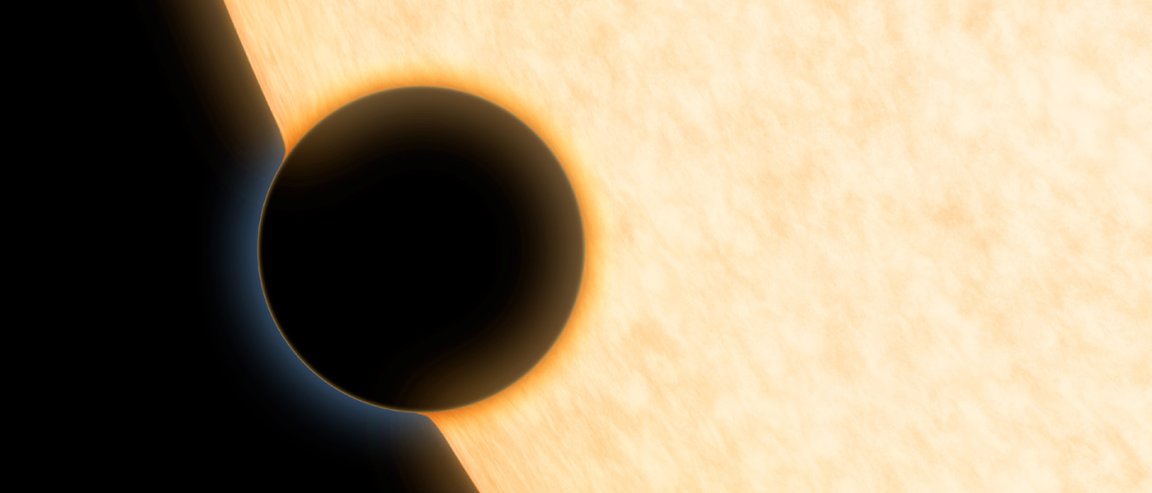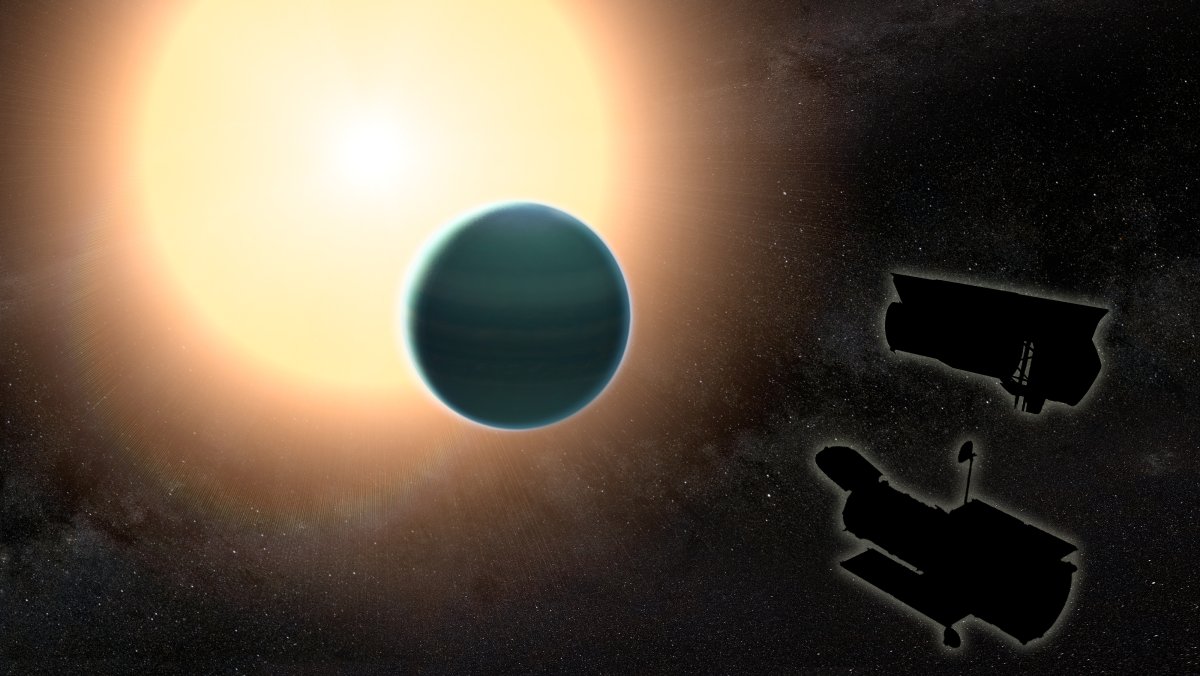
Warm and Unusual
The easiest way to make sense of the various unfamiliar objects we find floating around in the cosmos is by thinking about them in the context of celestial bodies we are familiar with. Our Solar System has become the starting point for our analysis of other bodies, especially exoplanets.
[infographic postid=”65290″][/infographic]
That’s how the term “hot Neptune” came about — it’s our way of describing exoplanets as massive as Uranus or Neptune but that orbit closer to their stars. We’ve already come across a number of these hot Neptunes, but one of the most recently discovered defies all expectations astronomers have about the exoplanets.
Located about 437 light-years away from Earth, HAT-P-26b is a hot Neptune that has a primordial atmosphere composed mostly of hydrogen and helium — an unusual mixture for planets very close to their stars. “Astronomers have just begun to investigate the atmospheres of these distant Neptune-mass planets, and almost right away, we found an example that goes against the trend in our Solar System,” said researcher Hannah Wakeford from NASA’s Goddard Space Flight Center in a news release.
Different Strokes
Usually, massive planets have lower metallicities — a lower presence of elements heavier than hydrogen and helium in their atmosphere. For example, Jupiter and Saturn’s are five and ten times than that of the Sun, respectively. Smaller planets like Uranus and Neptune, on the other hand, have higher metallicities, about a hundred times greater than the Sun.
For hot Neptune HAT-P-26b, however, this standard fails. It’s metallicity is only about 4.8 times that of the Sun — much closer to Jupiter’s than to Neptune’s.

Such a discovery just confirms that there’s so much we don’t know about the universe and what’s in it. Assumptions that may be true for Earth or for the planets in our solar system may not necessarily be true for others out there. “This analysis shows that there is a lot more diversity in the atmospheres of these exoplanets than we were expecting, which is providing insight into how planets can form and evolve differently than in our solar system,” said University of Exeter’s David K. Sing, second author of the paper, which is published in Nature.
For Wakeford, it’s discoveries like this that make her work exciting. “This kind of unexpected result is why I really love exploring the atmospheres of alien planets,” she said.